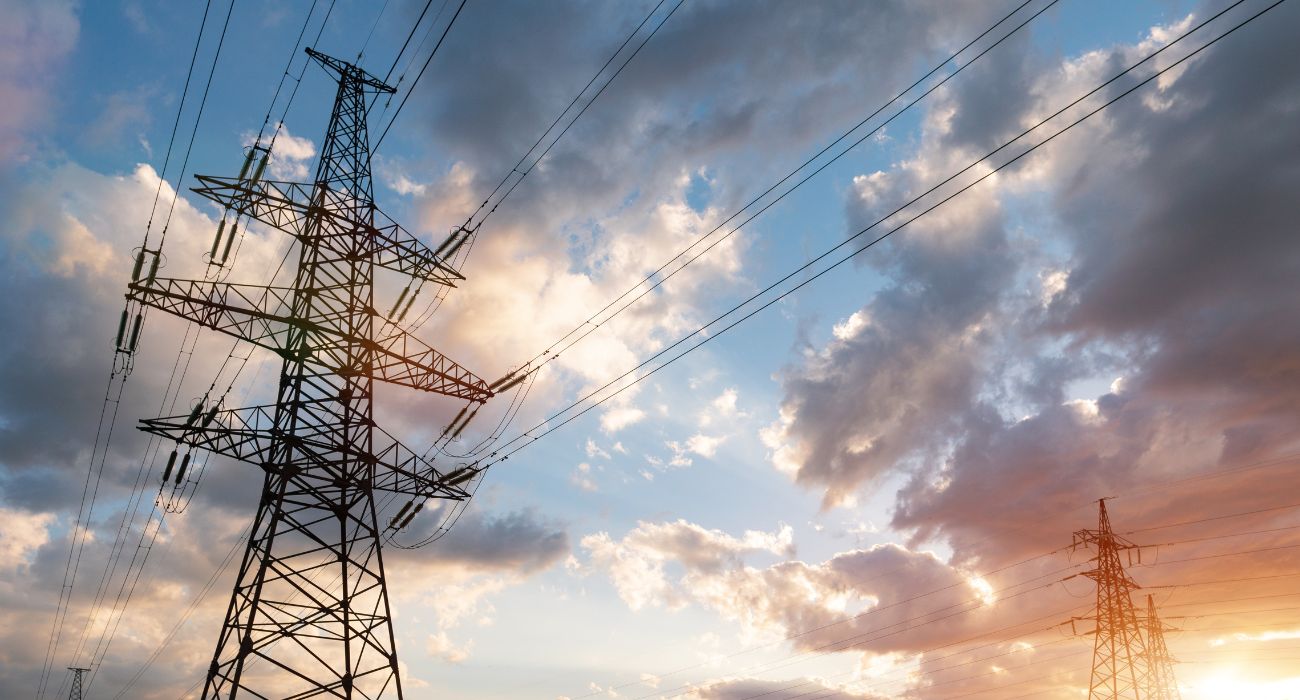Texas senators recently approved legislation to address a lingering problem impacting the state’s power grid.
The Senate voted last week to approve the “Power Grid Reform Package,” which includes Senate Bills 6 and 7, both of which are designed to reform the state’s electric grid and address the lack of power reserve generation and overall reliability.
SB 6 passed by a vote of 22 to 9, while SB 7 was passed unanimously.
“This package passed with a strong bipartisan majority because the Texas Senate and I recognize the importance of protecting lives that can be lost during a blackout,” said Lt. Gov. Dan Patrick in a statement following the vote. “Texas’ economy is booming and we must have reliable [power] generation to meet ever-increasing demand.”
SB 6 relates to the establishment of the Texas Energy Insurance Program and other funding mechanisms to support the operations and reliability of electric generating facilities. Under the legislation, these power-generating facilities will be required to operate 10,000 megawatts of natural gas or similar sources to ensure sufficient power is available at all times.
The bill also creates a low-interest loan program to finance the maintenance or modernization of dispatchable electric generating facilities operating in the ERCOT power region.
“This is not a tax on ratepayers,” Patrick claimed in the news release. “This is a smart usage of our multi-billion dollar budget surplus that will save ratepayers money over time by reducing interest rates from 6-7% to 0% for the financing of new generation plants.”
Critics of SB 6 have suggested that it will undermine the competitive environment in Texas’ energy sector.
“It strikes me that we built this whole state’s power system mostly based on competition and this destroys that competition forever,” argued energy consultant Alison Silverstein, per The Dallas Morning News.
Meanwhile, SB 7 creates a new ancillary service for dispatchable generator production and adds a new calculation that can be used on an as-needed basis to ensure “appropriate reliability during extreme heat and extreme cold weather conditions.”
The two power grid bills, among others, are part of Patrick’s priority agenda for Texas’ 88th legislative session. The measures have been advanced in memory of the more than 200 Texans who died during 2021’s Winter Storm Uri and the millions who went without electricity.
“Since Winter Storm Uri, I have been abundantly clear that we must bring new dispatchable generation (primarily new natural gas plants) online as soon as possible to make sure that Texans have reliable power under any circumstance,” Patrick said in the press statement.
“The Senate’s grid reform package levels the playing field between dispatchable and renewable energy sources by elevating dispatchable energy sources to put ratepayers first,” he added.
Additional legislation passed in the Texas Senate’s Power Grid Reform Package includes:
SB 1287, which “requires the Public Utility Commission of Texas (PUC) to establish a cost cap for generation interconnection costs to reduce transmission costs for consumers.”
SB 2010, which “requires the Independent Market Monitor to report all potential market manipulations and all discovered or potential violations of PUC or ERCOT rules to be delivered in writing to PUC staff and requires the PUC to produce public annual reports.”
SB 2011, which “updates Voluntary Mitigation Plan (VMP) requirements to ensure such plans provide meaningful protections against market power abuses.”
SB 2012, which “places guardrails on the Performance Credit Mechanism (PCM) adopted by the PUC.”
SB 2013, which “adds protections to prevent attacks on the Texas power grid.”
SB 2014, which “eliminates Renewable Energy Credits to level the playing field between renewable generation and dispatchable generation.”
SB 2015, which “creates a goal of 50% dispatchable energy for the ERCOT grid to level the playing field between dispatchable and renewable generation.”






